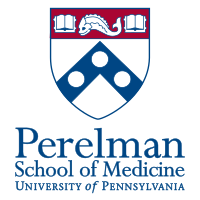
Photo from wikipedia
Introduction: The Clinical Presentation (CP) curriculum was first formulated in 1990 at the University of Calgary, Canada. Since then, it has been adopted at various medical schools, including Patan Academy of… Click to show full abstract
Introduction: The Clinical Presentation (CP) curriculum was first formulated in 1990 at the University of Calgary, Canada. Since then, it has been adopted at various medical schools, including Patan Academy of Health Sciences (PAHS), a state-funded medical school in a low-income country (LIC), Nepal. This study aims to evaluate the perceived effectiveness of the CP curriculum by students and faculty at PAHS, and test knowledge retention through a surprise non-routine exam administered to students. Method: This is a cross-sectional study to evaluate the efficacy of the CP curriculum in teaching clinical medicine to the first batch of MBBS students of PAHS School of Medicine. Ethical approval was obtained from the Institutional Review Committee (IRC)-PAHS (Ref no std1505911069). Perceived effectiveness was evaluated using a set of questionnaires for faculty and students. A total of 33 students and 34 faculty filled the perception questionnaires. Subsequently, a questionnaire consisting of 50 Multiple Choice Questions (MCQs) from different clinical medicine disciplines was administered to test students’ knowledge retention. Out of 49 students, 38 participated in the surprise non-routine exam. Result: A significantly higher number of faculty preferred the CP curriculum compared to the traditional system of teaching clinical medicine (16 vs 11, Kruskal Wallis: 0.023, ie. P-value < 0.05). A significantly higher number of the students liked and recommended CP curriculum in the clinical year of medical education (20 vs. 13 with p-value < 0.05). In the non-routine surprise exam, two thirds of the students scored 60% or above. Conclusion: Both faculty and students perceive that the CP curriculum system is an effective teaching and learning method in medical education, irrespective of their different demographic and positional characteristics. The students’ overall performance was good in surprise, non-routine exams taken without scheduling or reminders.
Journal Title: F1000Research
Year Published: 2022
Link to full text (if available)
Share on Social Media: Sign Up to like & get
recommendations!